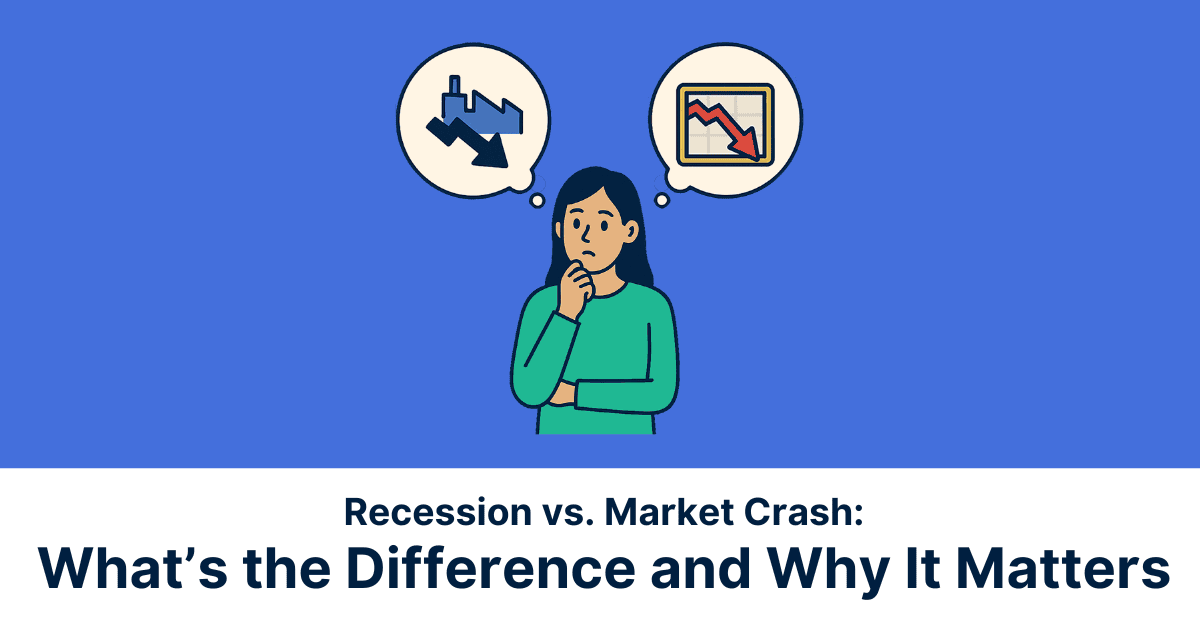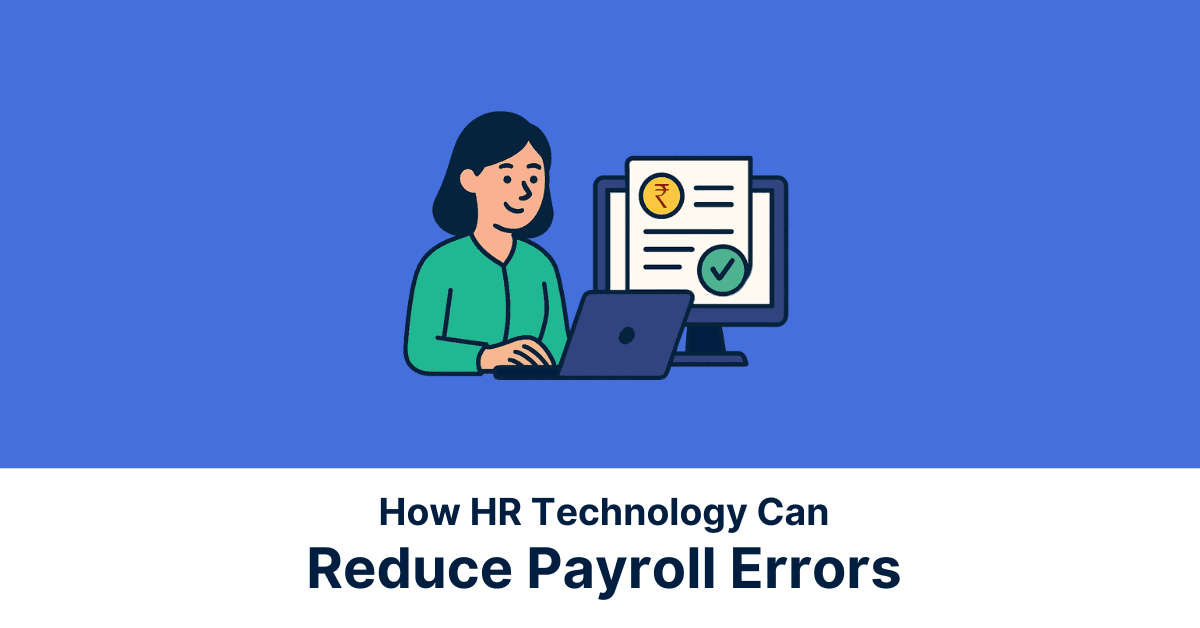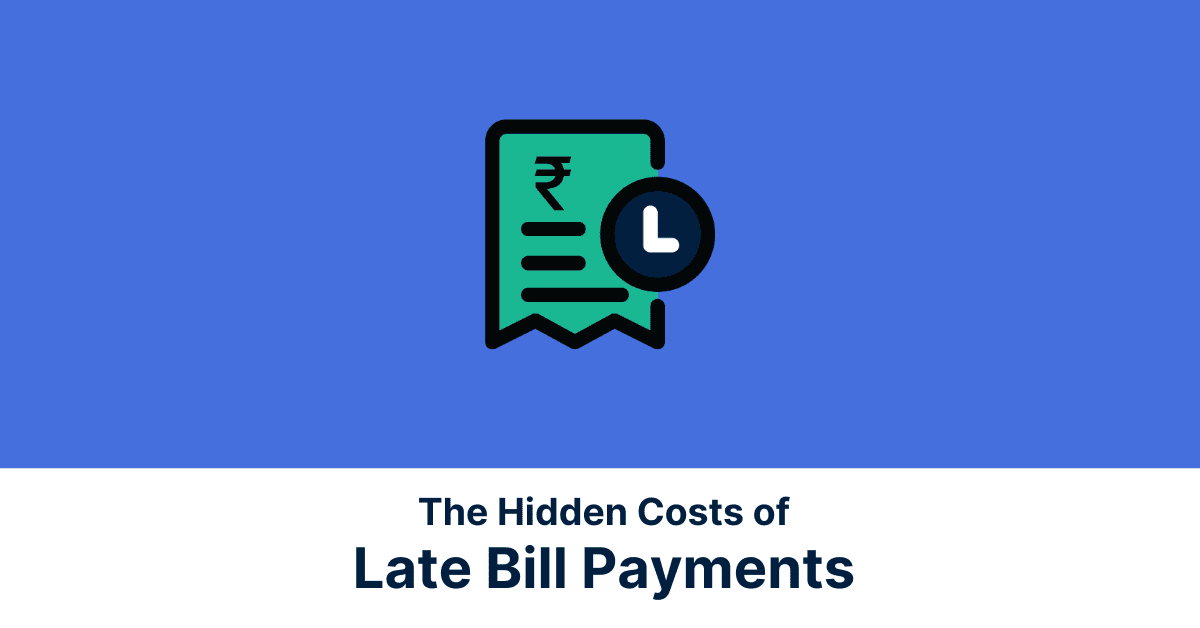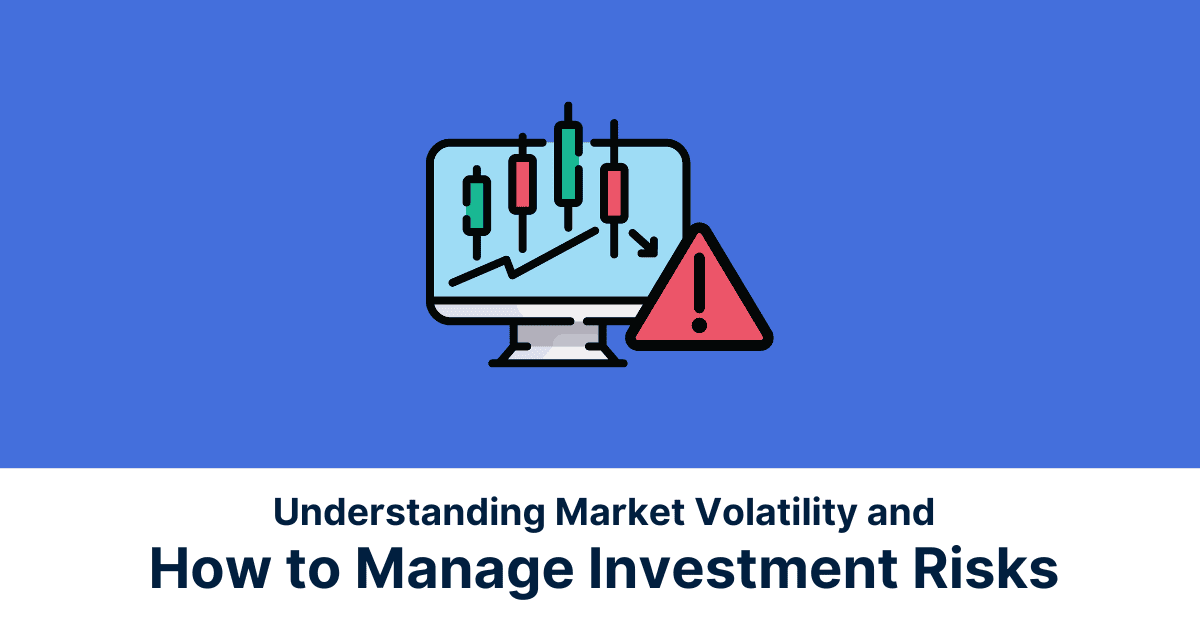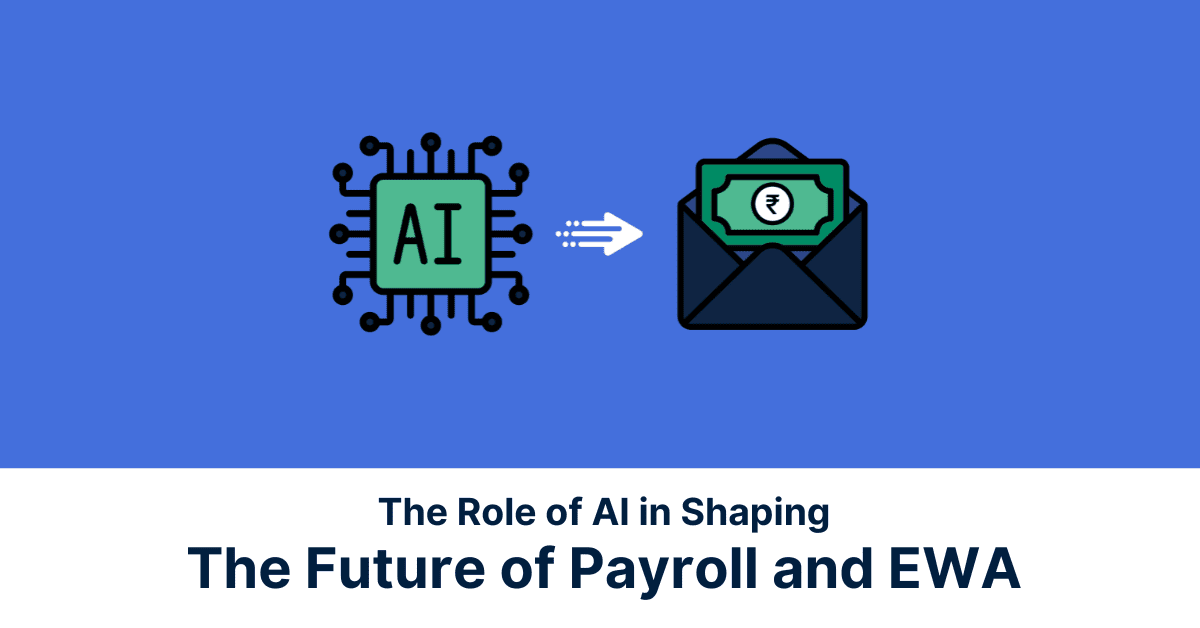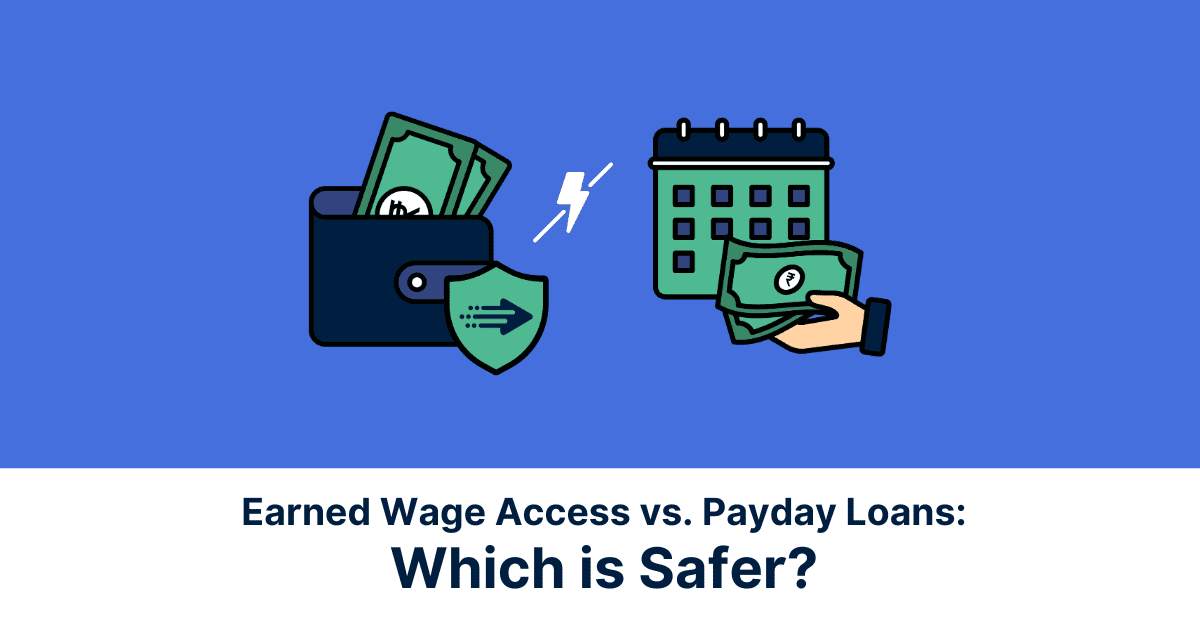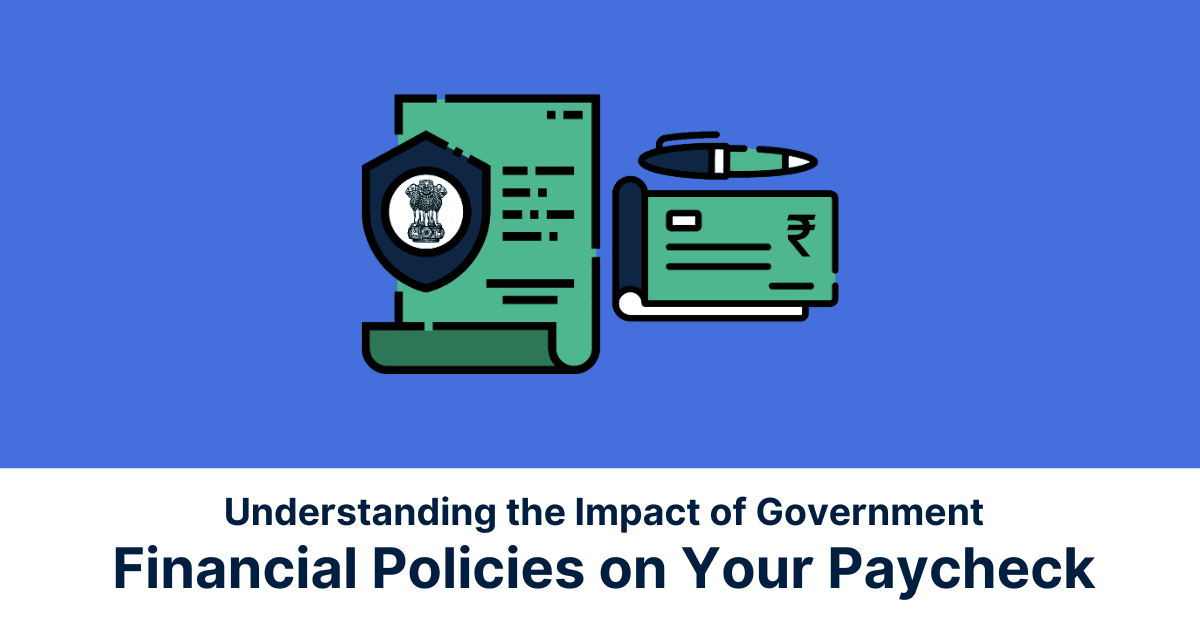Importance of Technology in Financial Wellness
Over the past twenty years, we have seen technology improving and making manual tasks redundant. Gone are the days of cheque books and meticulously balanced budgets on spreadsheets. Today, technology is transforming the way we manage our money, making financial wellness more accessible and achievable than ever before.
Financial wellness is about more than just paying bills. It’s feeling secure and in control of your money, so you can live comfortably today and plan for your dreams tomorrow.
Here’s why technology is a game-changer in this journey:
- It has made investing easy
- It provides security and convenience
- It allows you to bank from anywhere via mobile
- It enables investment management
- It helps with budgeting and tracking
Financial Tracking and Budgeting Apps
Financial tracking and budgeting apps have become indispensable tools for those who are keen on maintaining financial wellness.
Budgeting apps are your pocket-sized financial coach. They track income and expenses, showing you exactly where your money goes. Automatic transaction categorisation helps you identify spending habits. But it doesn’t stop there. It helps with setting financial goals and tracking progress, or receiving bill reminders to avoid late fees. With budgeting tools and mobile access, these apps empower you to take control of your finances, leading to a healthier and more stress-free financial future.
Investment and Savings Platforms
Imagine a digital hub for your money’s growth! Investment and savings platforms let you buy stocks, bonds, and funds, all in one place. They offer a variety of investment options, from low-risk savings accounts to potentially high-reward stocks. These platforms make it easy to track your investments and manage your portfolio. Some even offer automated investing, so you can grow your wealth over time without needing to be a market expert.
Earned Wage Access
On-demand Salary or Earned Wage Access allows an employee to withdraw their salary accumulated for the respective month, irrespective of the payday.
Example:
Roshini, an ABC company employee, needs Rs.10,000 urgently. She uses the company’s employee benefits app for on-demand salary. After approval, she receives a portion of her salary early, which is deducted from her future paychecks until fully repaid. This helps her manage unexpected expenses without disrupting her finances.
Let’s look at benefits of Earned Wage Access to Employers and Employees:
Benefits to Employers
- Lower payroll cost
- Reduced administrative costs
- Increases employee loyalty
- Provides employee insights
Benefits to Employees
- Reduces financial stress
- Increases job satisfaction
- Increases employee engagement
- Increases performance
Jify as an EWA Partner
Jify is one of the fastest-growing EWA partners in India. It revolutionises payroll with an on-demand salary solution. We help you leave behind financial stress with our user-friendly platform, giving employees instant access to their earnings, and bridging the gap between paydays and unexpected expenses.
At Jify, we understand that employees are the heart of a business. That’s why we’ve transformed payroll services with a cutting-edge on-demand salary solution, designed to reorganise the way businesses operate and employees experience financial well-being.
Financial Education and Training Platforms
Knowing how to manage your money, or “personal finance,” is crucial for a secure life. It involves everything from earning and spending to saving, investing, and borrowing. Shockingly, this essential skill has been missing from many classrooms, leaving adults without a financial foundation.
Luckily, there’s a wealth of online resources to bridge the gap. From bite-sized lessons on YouTube to in-depth courses by financial experts, there’s something for everyone. Get started with a few clicks and build a brighter financial future!
Here’s a curated list of financial learning platforms you can explore:
- MoneyMatters Edu
- Credit Karma
- Investopedia
- EdX Course
Gamification of Financial Education
Exploring finances can seem mundane, but with gamified apps, it’s a fun learning journey. Imagine building a virtual city where good spending habits unlock buildings and smart saving levels you up. Gamified financial apps use points, badges, and challenges to make budgeting and investing engaging. This playful approach not only boosts your financial knowledge but motivates you to reach your goals, turning financial planning into a rewarding game!
Employee Benefits Management Software
Employee benefits software streamlines the complex world of managing employee benefits. It goes beyond spreadsheets, offering features like enrollment, eligibility checks, and plan comparisons. This simplifies the selection process for employees and reduces administrative burdens for HR.
The magic happens with integration! Connecting benefits software with HR and payroll systems creates a single source of truth for employee data. This eliminates manual data entry, minimises errors, and automates tasks like benefit deductions during payroll. The result? A smoother experience for everyone, with employees empowered to manage their benefits and HR saving valuable time and resources.
Things to Consider While Using Technology in Employee Wellness
Technology can be a powerful tool for employee wellness, but it’s not a magical solution. Here are some key things to keep in mind:
1. Privacy and Security:
Employee health data is sensitive. Ensure chosen technologies have robust security measures and clear data privacy policies that comply with regulations.
- Encryption Data: Data should be encrypted at rest and in transit to prevent unauthorised access in case of a breach.
- Access Controls: Implement strong access controls to restrict who can view employee health data. Only authorised personnel should have access based on their job duties.
- Data Privacy Policies: Clear and comprehensive data privacy policies are essential. These policies should explain how employee health data is collected, used, stored, and disposed of, and comply with all relevant regulations.
2. Technology Adoption:
Technology can be a great addition to employee wellness programs, but successful adoption is key. Here’s why considering tech adoption is crucial:
- User-friendliness: Complexity can backfire. Choose user-friendly platforms that are easy to learn and navigate. Cater to different tech skills within your workforce.
- Engagement: Just offering an app won’t guarantee use. Consider interactive features, gamification elements, and personalised recommendations to keep employees engaged.
- Training & Support: Provide clear training and ongoing support to ensure employees understand how to use the technology and maximise its benefits. Address any technical issues promptly.
- Workplace Culture: Promote a culture of well-being where technology complements existing initiatives. Encourage open communication and feedback to ensure the technology feels like a helpful tool, not a forced addition.
3. Evaluating ROI and Effectiveness:
Technology offers a wealth of data for employee wellness programs, but measuring its impact goes beyond just numbers. Here’s how to evaluate your tech-powered wellness initiatives:
- Define Success: Set clear goals before launching a program. Are you aiming to reduce absenteeism, improve employee engagement, or encourage healthy habits
- Qualitative Feedback: Don’t underestimate the power of employee feedback. Surveys and focus groups can reveal valuable insights into user experience, program effectiveness, and areas for improvement.
- Return on Investment (ROI): While challenging to quantify, try to estimate the financial impact of the program. This could involve comparing healthcare cost changes to program costs or calculating the productivity gains from a healthier workforce.
Future Trends in Financial Wellness Technology
Two key trends that are poised to shape the landscape of technology are the integration of AI and machine learning applications, and personalization and customisation. Let’s look at smarter money moves, where AI and personalised tech take charge.
Imagine financial tools that learn your habits and give advice just for you. That’s the future of money management, powered by AI and machine learning. These technologies can crunch massive amounts of data to:
Give Instant Help: AI chatbots can answer your questions and offer advice 24/7.
Spot Hidden Savings: Machine learning can analyse your spending and show areas to cut back.
Invest Like a Pro: AI-powered “robo-advisors” can build personalised investment plans for your goals.
Financial technology is also getting more personal. Instead of a one-size-fits-all approach, future tools will be customised to your needs:
Budgeting Made Easy: Apps will analyse your spending and create a budget that fits your lifestyle.
Investing on Autopilot: Platforms will recommend investments based on your risk tolerance and goals.With this technology, you’ll be empowered to make smarter financial decisions and reach your goals faster.
With this technology, you’ll be empowered to make smarter financial decisions and reach your goals faster.
Conclusion
Technology certainly has revolutionised how financial wellness works, transforming how we manage and give personalised strategies – it’s all easier and more achievable than ever. The future holds even smarter tools. AI and machine learning will create even more tailored solutions, empowering individuals for smarter decisions and faster goal achievement. By embracing these advancements, we can build a brighter financial future for both employees and businesses.
*Disclaimer:
The information contained herein is not intended to be a source of advice concerning the material presented, and the information contained in this article does not constitute investment advice. The ideas presented in the article should not be used without first assessing your financial situation or without consulting a financial professional.



